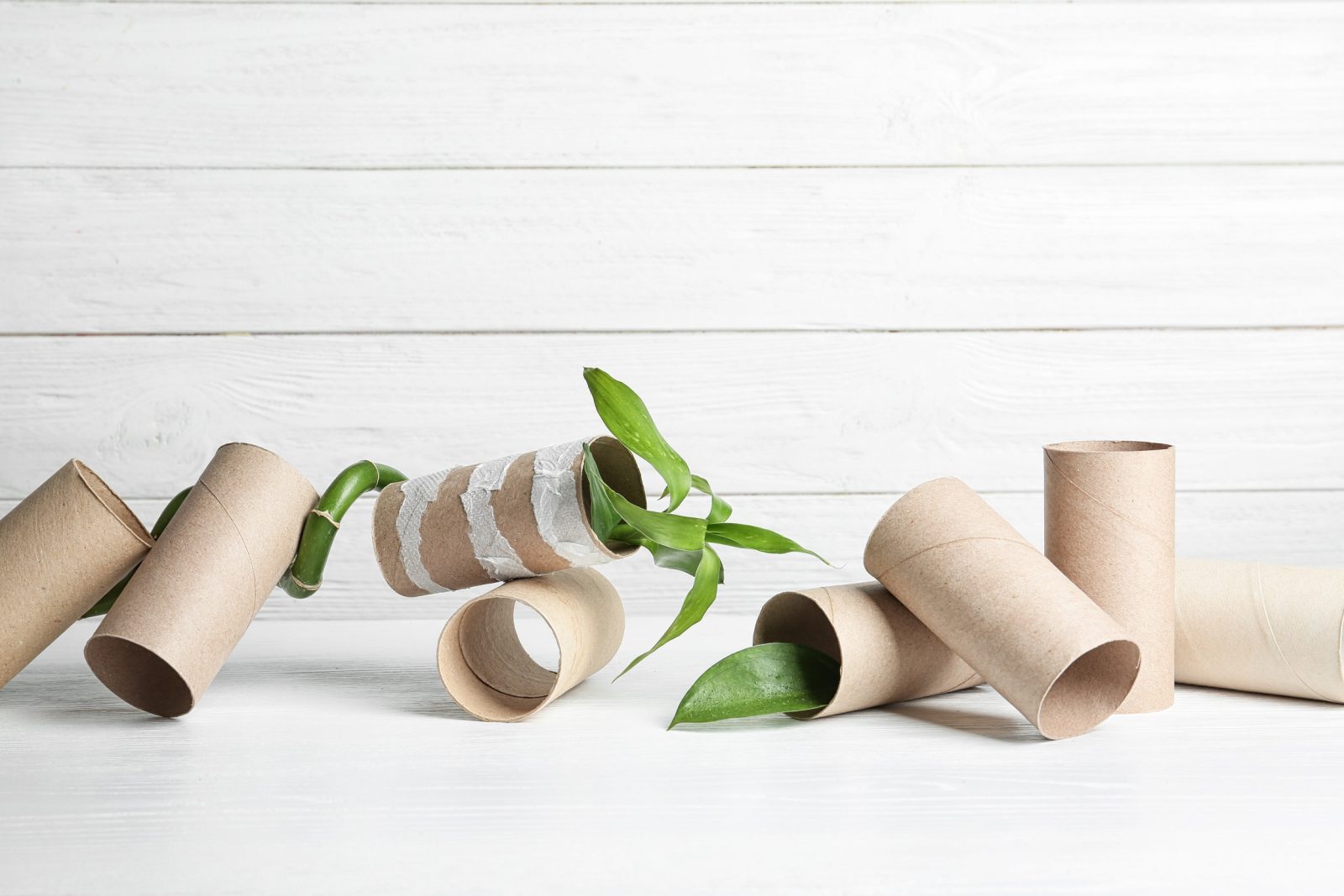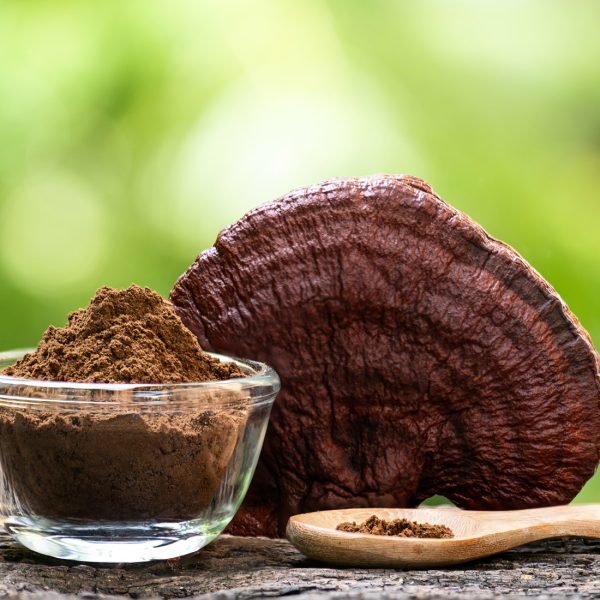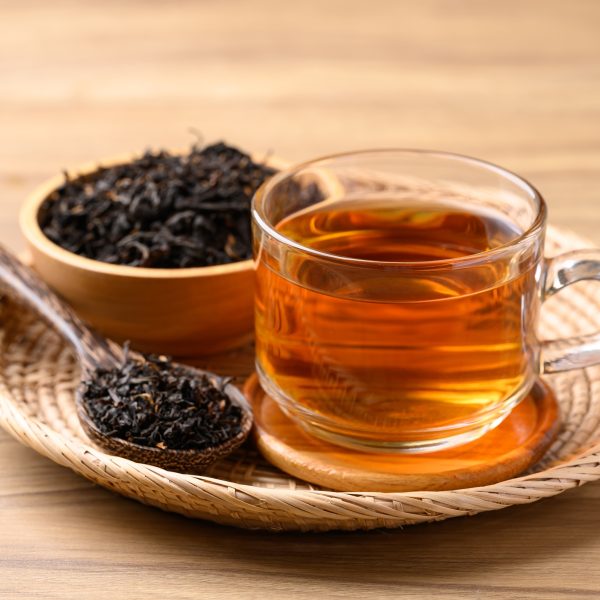Urinary tract infections, otherwise known as UTIs, can affect all genders. We explore the causes and treatments for a urinary tract infection.
Understanding urinary tract infections (UTIs)

Urinary Tract Infections, otherwise known as UTIs and sometimes called Cystitis, can affect all genders. However, women are the largest population affected, with around 60% of all women experiencing one in their lifetimes’. In fact, UTIs are the most frequent and common bacterial infection that women suffer with, accounting for nearly 25% of all infections in females.
UTIs at their best can feel uncomfortable, at their worst unbearable, with painful urination, an increased urgency to ‘go’, and in some cases blood in the urine. In more complex cases, an infection can return again, once it is believed clear, or it can go deeper into the surrounding tissues causing longer term infections, making it harder to clear. In some cases UTIs can travel up the urethra to the bladder and beyond to the kidneys, the resulting situation is a kidney infection, which, as a minimum, requires conventional medical care, alongside anything complementary you may want to include (1).
How do UTIs work ?
There are 3 types of UTIs, all of which can affect either the urinary bladder, the urethra (the tube urine passes through from the bladder to the outside world) and the kidneys: Acute, recurrent and chronic.

Recurrent and chronic urinary tract infections can develop following the onset of an acute infection, and in all cases the acute infection is by bacteria, most commonly Staphylococcus saprophyticus and Escherichia coli. In cases that are left untreated, there is a risk that it can spread upwards through the urinary system and cause a kidney infection.
Recurrent infections have shown to be influenced by microbes from adjacent microbiomes such as Gardnerella vaginalis or Klebsiella pneaumoniae which may be present in the vaginal microbiome. These then awaken any reservoirs of E Coli bacteria present and a new infection kicks off again.
Chronic types can be characterised by a range of microbes which infiltrate the urinary epithelial lining and can become active again in the right conditions.
It used to be thought that the urinary bladder and associated structures were sterile unless there was an active infection present. Today it is understood that the urinary system has its own microbiome and it is thought that a healthy microbiome may protect against infection. Many physiological factors of an individual affect the urinary microbiome such as pH, blood pressure and kidney filtration, as well as immune interaction. It is likely that future research will focus on the urinary microbiome to understand the nuances of the environment and roles different bacteria play therein.
Due to their anatomical positioning, the urinary microbiome is influenced by those of the vagina and the gut, and cross-propagation between the sites is a frequent cause of infection.
As more research is undertaken, it is becoming clear that the urothelium (the lining of the urinary tract) is key in the development and maintenance of the urinary microbiome. However, it is this lining which is often infiltrated and damaged by the pathogenic bacteria that are responsible for the infection (2).
Understanding the root

Often, the most common causal factor in the development of a UTI is penetrative intercourse, whereby the UTI causing bacteria, if present, can get pushed from the opening of the urethra up into the urethra and urinary bladder.
Other risk factors for developing urinary tract infections or recurrent/chronic forms include low immunity, meaning that the body is unable to mount a sufficient immune response in the presence of these bacteria; structural changes or defects, such as a deformed or kinked urethra; hormonal changes that happen at puberty, pregnancy and around the menopause and beyond, where significant changes in oestrogen levels affect the integrity of the urothelium, again making it more susceptible to pathogenic bacteria.
It is important to note an adjacent condition, called Interstitial Cystitis, which may present with many of the same symptoms as UTIs. However, on testing, there is often no sign of pathogenic bacteria, and the urinary microbiome will be similar to that of someone who does not have a UTI. Instead the epithelial lining of the bladder and urethra has become chronically inflamed and irritated, possibly after suffering with recurrent/chronic urinary tract infections previously, which causes pain and other symptoms.
Signs and symptoms of urinary tract infections

Symptoms
- Frequent painful urination
- Urgency
- Nocturia (urination at night)
- Changes in the colour of urine (cloudy, dark and strong smelling)
- Burning or stinging pain on urination
- Fever and malaise
- Blood in the urine
- Pain in the pelvic area/back (if kidney infection)
Signs elicited on testing
Diagnosis is usually on testing and via symptoms. Traditionally, dip-stick testing has been used in clinics as a first line test, where presence of white blood cells, nitrates and proteins indicate a UTI may be likely. For more complex cases, mid-stream urine collection and culture is able to detect any causal microbes that successfully culture in the lab (3).
However, with developments in testing which utilise DNA and microbiome analysis, urinary microbiome tests for females are now available for private use, which are designed to investigate the assigned-female-at-birth urinary microbiome by assessing key commensal and pathogenic bacteria commonly associated with urinary conditions. These gather a more accurate picture of which microbes are implicated, allowing for more specific therapeutic deployment.
Herbal solutions
Herbally, look to use teas rather than tinctures when dealing with a UTI, as the dosage form of teas will ‘flush’ through the urinary tract in a larger volume than tinctures will.
There are several classes of herbs that can be used in concert to deal with UTIs.

Urinary demulcents
Urinary demulcents are herbs that contain high levels of mucilage and have a soothing action on the urothelium, making them handy where irritation and inflammation are a feature. Mucilage provides a bland protective coating to the mucous membranes, providing their ameliorating effects, which are most welcome (4).
Noted urinary demulcents include corn silk (Zea mays), marshmallow root (Althea officinalis radix) and plantain (Plantago lanceolata). It’s interesting to note that Corn Silk has shown some potential for reducing the white blood cell counts (which indicate infection) in the urine (2).
Anti-microbials herbs
Anti-microbials herbs such as Boldo (Peumus boldus), Buchu (Barosma betulina), Barberry (Berberis vulgaris), and in particular Bearberry (Arctostaphylos uva-ursi), are all considered anti-microbials and have shown to be of specific use when trying to clear the pathogens causing UITs.
Diuretics herbs
Diuretics herbs, such as Buchu and Parsley leaf (Petroselinum crisps folia), are handy to ‘push’ the herbal tea through the system, making sure the herbs get to where they are needed to go to work, by increasing the flow of urine from the kidneys. In fact a study shows that parsley specifically targets bacteria that are present in UTI’s (5). You can cut up a handful of parsley and steep in hot water, and drink 3 times a day.
While there are a class of allopathic drugs known as diuretics (which have a similar overall action), these often cause potassium depletion. Some herbal diuretics, such as dandelion leaves (Taraxacum officinalis folia) are able to ‘offset’ this side effect by also providing an abundant potassium content (4).
Aside from dandelion, many of the herbs from the demulcent category (corn silk, marshmallow root) and those from the anti-microbial category (buchu, barberry) also have a diuretic action, making them a perfect choice to include in your tea and demonstrating the wonderful synergy that phytochemistry can provide in therapeutic action.
While these are good to try yourself at home as teas when you have an acute UTI, if things do not improve, get worse or reoccur it would be wise to seek help from a medical herbalist, alongside your GP, to get to the root of what is going on for you and help clear it effectively.
Holistic solutions
Should you find yourself with what you suspect is a UTI, it’s always recommended to get it checked by the GP, as it is imperative that it doesn’t travel up the urinary tract, causing a kidney infection.

If you are susceptible to getting UTIs there are some classic steps that you can take as part of every day care to try and minimise occurrence. These include making sure you urinate as soon as possible after intercourse, in the hope that this will flush out any bacteria that may have been translocated there during sex. Wiping after urination is just as important, with a front to back wipe, rather than wiping from the vagina forwards, because the vagina can be a reservoir for microbes that can cause UTIs. Using bamboo toilet paper might be a good idea too as this type typically produces less paper ‘dust’ which can be irritating to the area if susceptible.
Two supplements that have become widely recommended in recent years are Cranberry and D-Mannose. Although the research on both has varied widely in the dosage and dosage form used, there is evidence to show efficacy in prevention of recurrent UTIs for both: Cranberry juice (make sure it is without sugar) and D-Mannose (a monosaccharide naturally occurring in fruits) in powdered form are both thought to be responsible for stopping E Coli bacteria adhering to the urothelial walls. Maintenace doses of D-Mannose powder of 1500-2000mg taken once or twice a day, in combination with Cranberry juice may help prevent recurrent UTIs, whereas a higher dose is needed in acute infections.
If suffering with UTIs recurrently it would be good to see if any foods or drinks are implicated in triggering an outbreak (typically spicy foods and alcohol are commonly thought to be culprits) and consider looking at taking a urinary microbiome test to get a full understanding of your particular urinary microbiome, so you can use targeted therapeutics with a practitioner to get to the root of it.
If there is thought to be a physical cause, abdominal massage from a specialist practitioner may prove beneficial.
References
- Al-Badr A, Al-Shaikh G. Recurrent Urinary Tract Infections Management in Women: A review. Sultan Qaboos Univ Med J. 2013 Aug;13(3):359-67. doi: 10.12816/0003256. Epub 2013 Jun 25. PMID: 23984019; PMCID: PMC3749018.
- Urinary Microbiome Clinical Considerations. Invivo Healthcare, 2023.
- Deakin, P. Blood Tests and some other stuff. herbdoctorphil, 2022
- Bartram, T. Bartram’s Encyclopaedia of Herbal Medicine. Robinsons. London, 1998
- Al-Kareemi KK. Inhibitory Effect of Parsley (Petroselinum Crispum) Juice Against Some Urinary Pathogens in Vitro. Iraqi Postgraduate Medical Journal. 2012;11(3). http://www.iasj.net/iasj?func=fulltext&aId=59277































